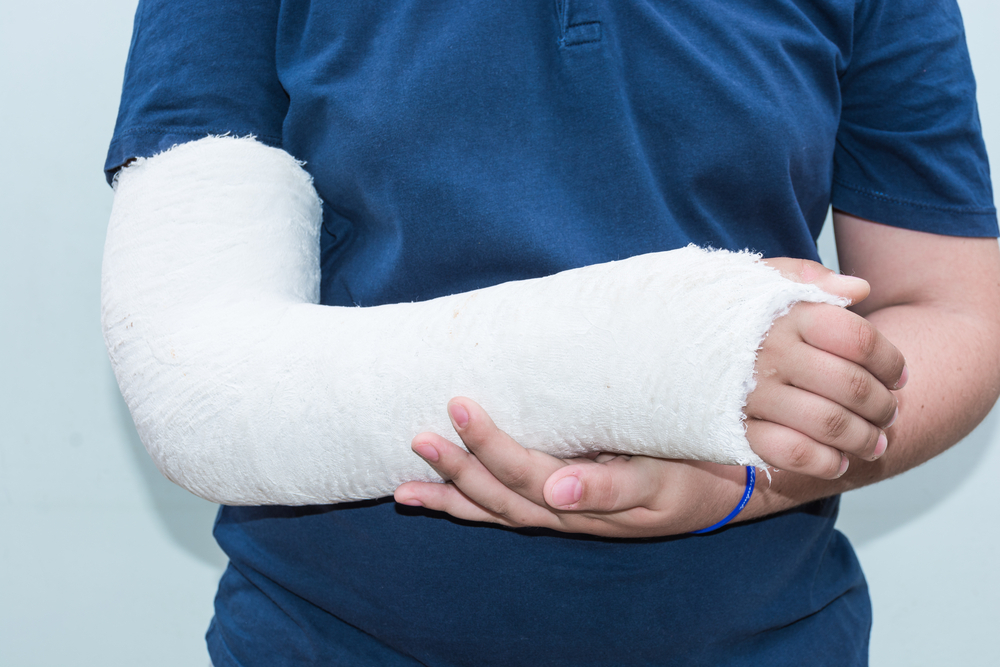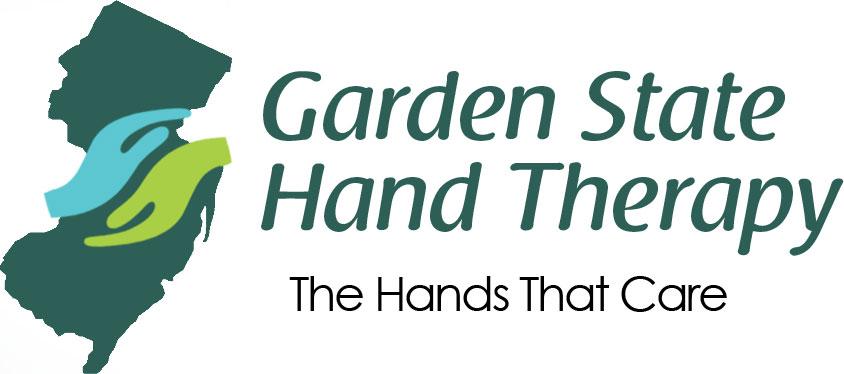908 205 8246
Conditions Treated
CONDITIONS TREATED
Injuries to our hands can manifest in various forms, each capable of causing significant impairment. From cuts inflicted by knives or sharp objects to bruises, fractures due to crushing, and lacerations leading to tendon-nerve injuries, our hands are vulnerable to a range of potential harm. Additionally, falls, sporting activities, notably football and basketball, and repetitive strain can lead to open wounds, dislocations among the 28 joints in the hand, and other ailments.
CARPEL TUNNEL SYNDROME AND REPETITIVE TRAUMA
DISORDER
Carpal Tunnel Syndrome
Cubital Tunnel Syndrome
De-Quervain’s Tenosyniviyis
Tennis Elbow, Golfer’s elbow
Radial Tunnel Syndrome
Shoulder Imingement
Thumb CMC & other arthritis
Various Tendinitis-Tendonitis
HAND SPRAINS/STRAINS AND MOST COMMON PROBLEMS
Sprains/Strains
Numerous patients find themselves in situations where their fingers are inadvertently trapped in doors, windows, garages, or sustain injuries during everyday activities. These sprains and strains can be more severe, potentially necessitating consultation with an orthopedic hand specialist.
Once it is established that no fractures are present, a hand therapist may custom-design a splint to immobilize a specific finger or joint, facilitating complete rest for the healing ligaments. In many cases, ongoing hand therapy becomes essential if stiffness persists, and the patient struggles to regain the ability to make a fist.
Trigger fingers
Following a minor sprain injury to a finger, if left untreated, patients may gradually experience mild stiffness in the affected digit. This can result in an inability to form a complete fist or fully straighten the finger, especially when compared to the unaffected hand. Left unattended, this issue can deteriorate and progress into what is known as a “trigger finger,” characterized by a sensation of single or multiple clicks when bending and straightening the finger. Additionally, the stiffness tends to worsen over time.
Hand therapists play a crucial role in assisting patients in regaining their full range of motion. This is achieved through a combination of modalities, stretching exercises, and, on occasion, splinting to impede further progression. However, in most cases, patients may ultimately require surgical intervention to release the trigger finger.
Trigger fingers

Following a minor sprain injury to a finger, if left untreated, patients may gradually experience mild stiffness in the affected digit. This can result in an inability to form a complete fist or fully straighten the finger, especially when compared to the unaffected hand. Left unattended, this issue can deteriorate and progress into what is known as a “trigger finger,” characterized by a sensation of single or multiple clicks when bending and straightening the finger. Additionally, the stiffness tends to worsen over time.
Hand therapists play a crucial role in assisting patients in regaining their full range of motion. This is achieved through a combination of modalities, stretching exercises, and, on occasion, splinting to impede further progression. However, in most cases, patients may ultimately require surgical intervention to release the trigger finger.
Sprains/Strains

Numerous patients find themselves in situations where their fingers are inadvertently trapped in doors, windows, garages, or sustain injuries during everyday activities. These sprains and strains can be more severe, potentially necessitating consultation with an orthopedic hand specialist.
Once it is established that no fractures are present, a hand therapist may custom-design a splint to immobilize a specific finger or joint, facilitating complete rest for the healing ligaments. In many cases, ongoing hand therapy becomes essential if stiffness persists, and the patient struggles to regain the ability to make a fist.
WRIST HAND FOREARM ELBOW
FRACTURES

Fractures of the upper extremities, particularly the wrist and hand, are common and often result from various causes such as falls, high-velocity impacts, industrial accidents, and power tool mishaps. Hand Therapists face complex challenges in treating these injuries, which involve wound care, orthotic management for protection, edema control, and guided range of motion according to established protocols. Close collaboration with the surgeon is crucial, and a home-based rehabilitation program is essential throughout the recovery process.
TENDON INJURIES AND NERVE INJURIES OF THE HAND

In cases of traumatic hand injuries involving tendons and nerves, Hand Therapists face formidable challenges, much like with fractures and lacerations. The initial phase emphasizes protection through custom orthoses and carefully monitored mobilization procedures tailored to the specific condition in consultation with the hand surgeon. Once tendons and nerves have healed sufficiently, a combination of static, static progressive, and dynamic splinting protocols is implemented.
Book an appointment
+1 908 205 8246
1907 Park Ave Suite 201 South Plainfield NJ 07080
